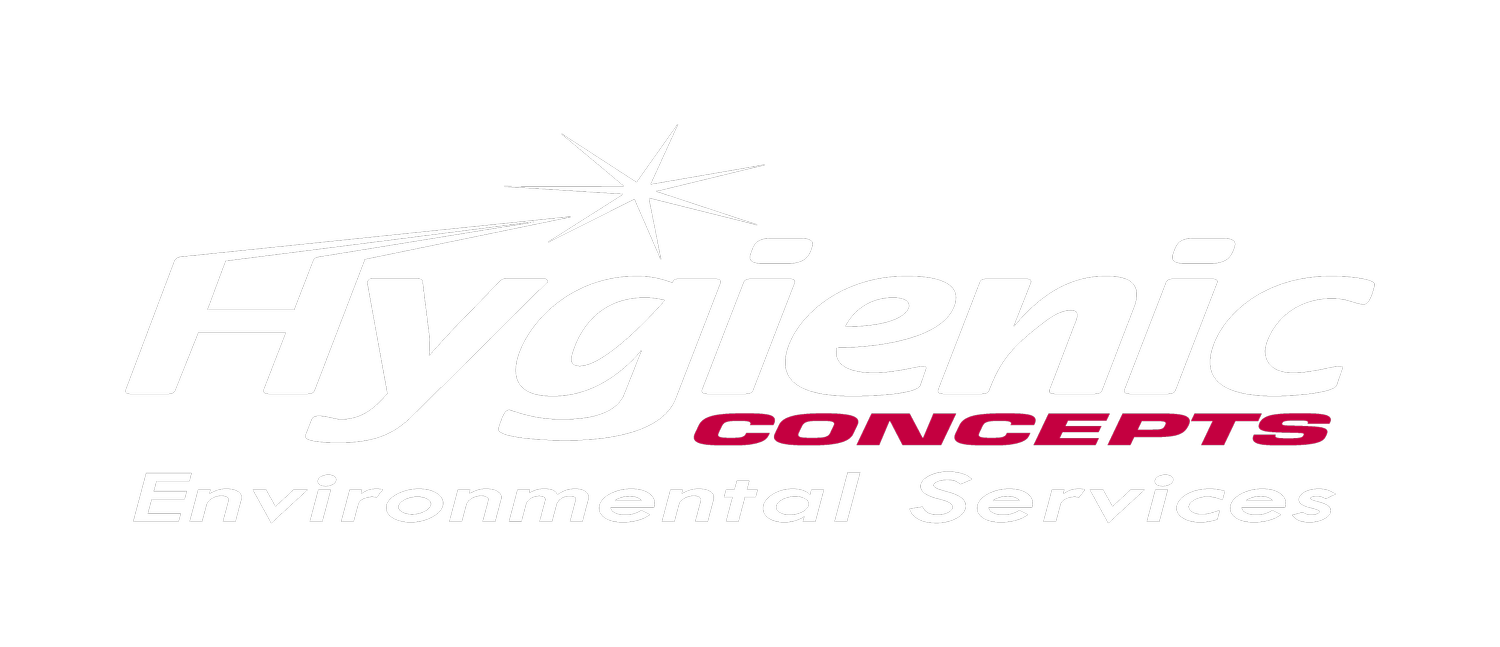IS BLEACH BAD FOR THE ENVIRONMENT?
#Bleach is a common household #cleaning #product known for its strong #disinfectant properties. While it is effective in killing germs and removing stains, it is important to recognise the potential environmental implications associated with its use.
One of the major concerns surrounding #bleach is its potential to contaminate water sources. When bleach is used for cleaning or disposed of improperly, it can enter water bodies such as rivers, lakes, and oceans. The active ingredient in #bleach, #chlorine, can react with organic matter in water to form harmful by products like chlorinated compounds and dioxins. These substances can have adverse effects on aquatic ecosystems, disrupting the balance of marine life and posing a threat to human health when consumed through contaminated water sources.
The use of #bleach can also contribute to #air #pollution. When bleach is mixed with other cleaning agents or when it comes into contact with organic materials, it can release chlorine gas into the air. #Chlorine gas is #toxic and can irritate the respiratory system, leading to breathing difficulties and other health issues. Furthermore, the manufacturing process of bleach itself involves the release of greenhouse gases, contributing to climate change.
The release of #bleach into the #environment can have a detrimental impact on biodiversity. Aquatic organisms, such as fish and amphibians, are particularly vulnerable to the toxic effects of #chlorine and its byproducts. Additionally, the run off from #bleach-contaminated #water can seep into soil and harm plants and microorganisms essential for a #healthy #ecosystem.
In the pursuit of a more sustainable future, it is crucial to consider alternatives to #chemical #cleaning #products that can have detrimental effects on the environment. The #Flourish Professional™️ Range stands out as an innovative and #eco-friendly option. To find out more, use the links below!
🌐 https://bit.ly/44sYawA
📞 01543 495030
✉️ info@hygienicconcepts.co.uk

